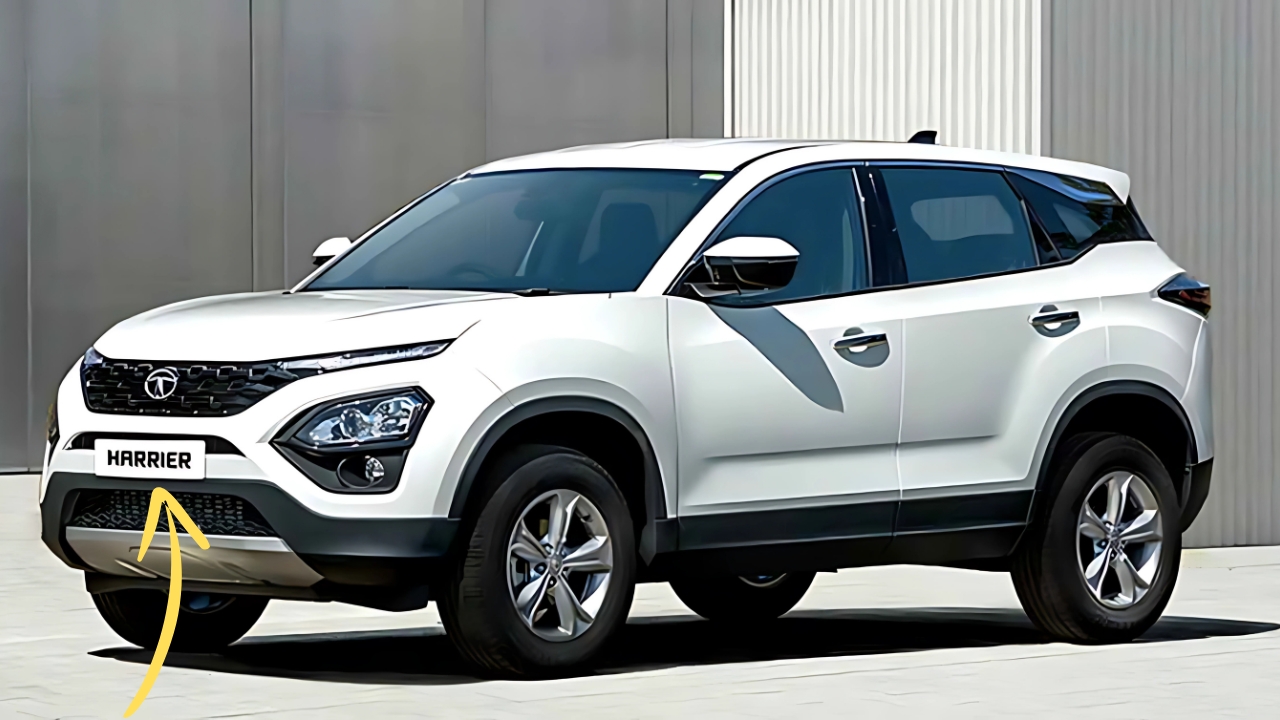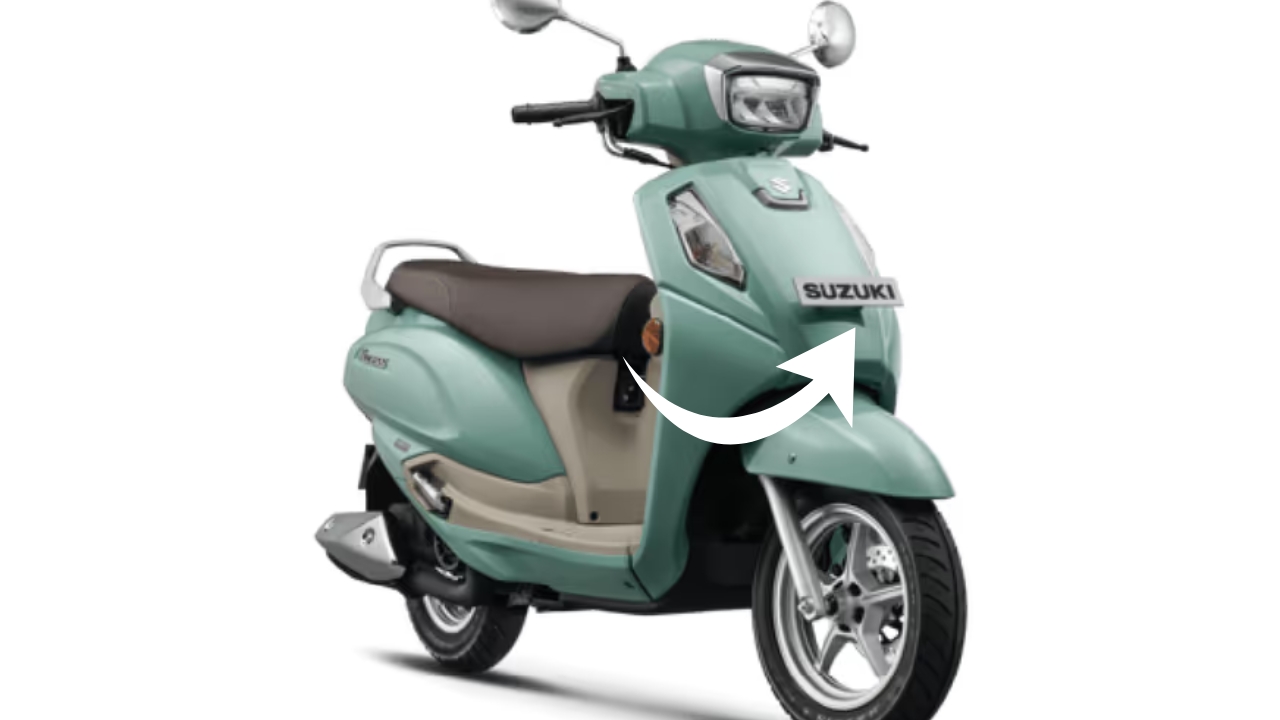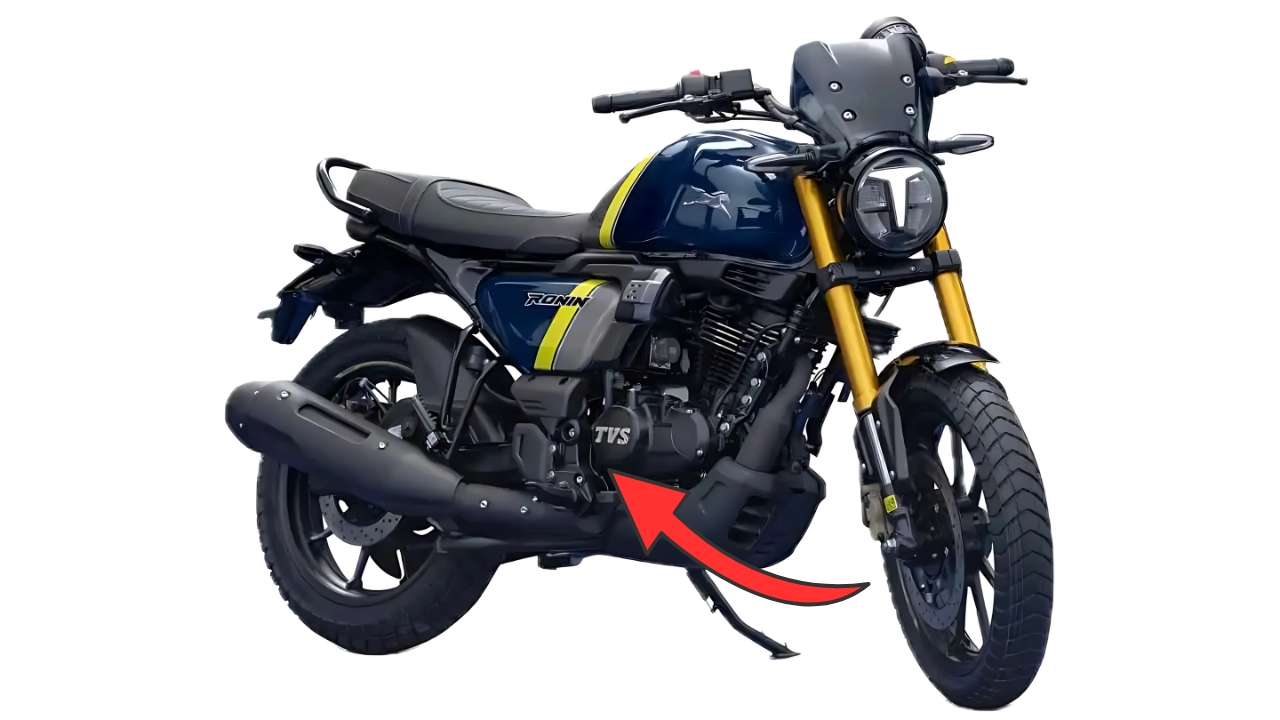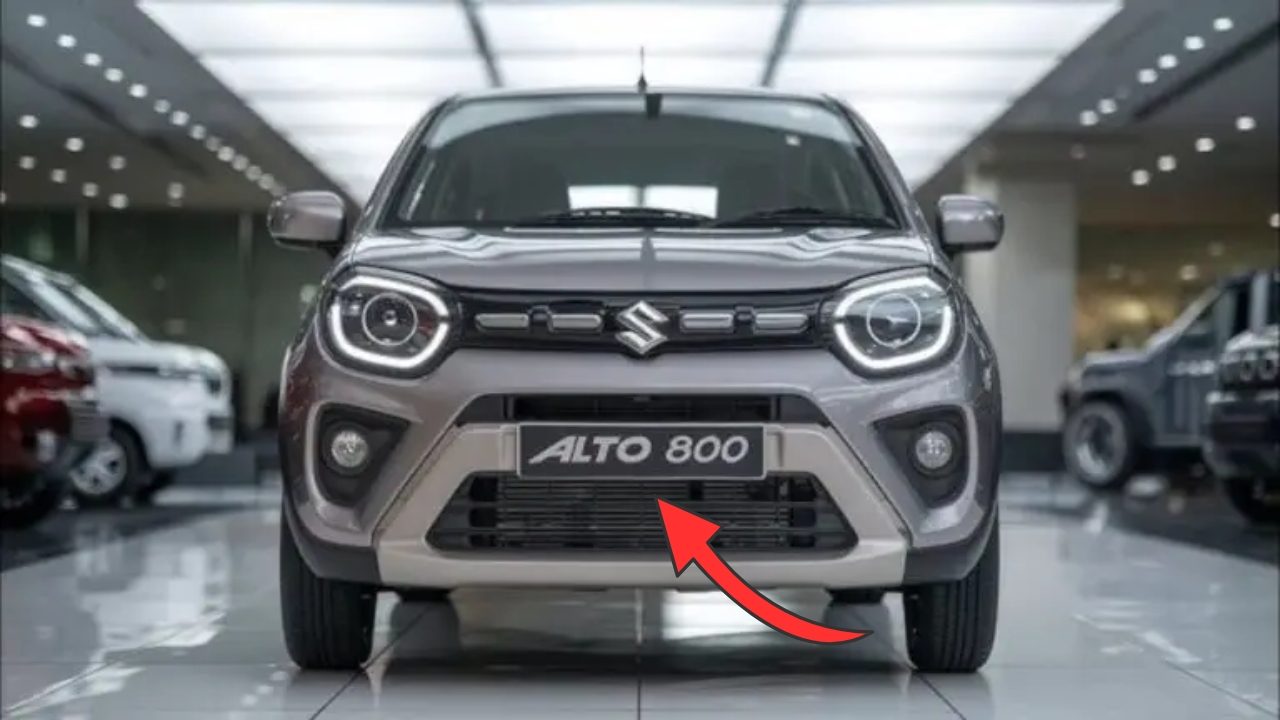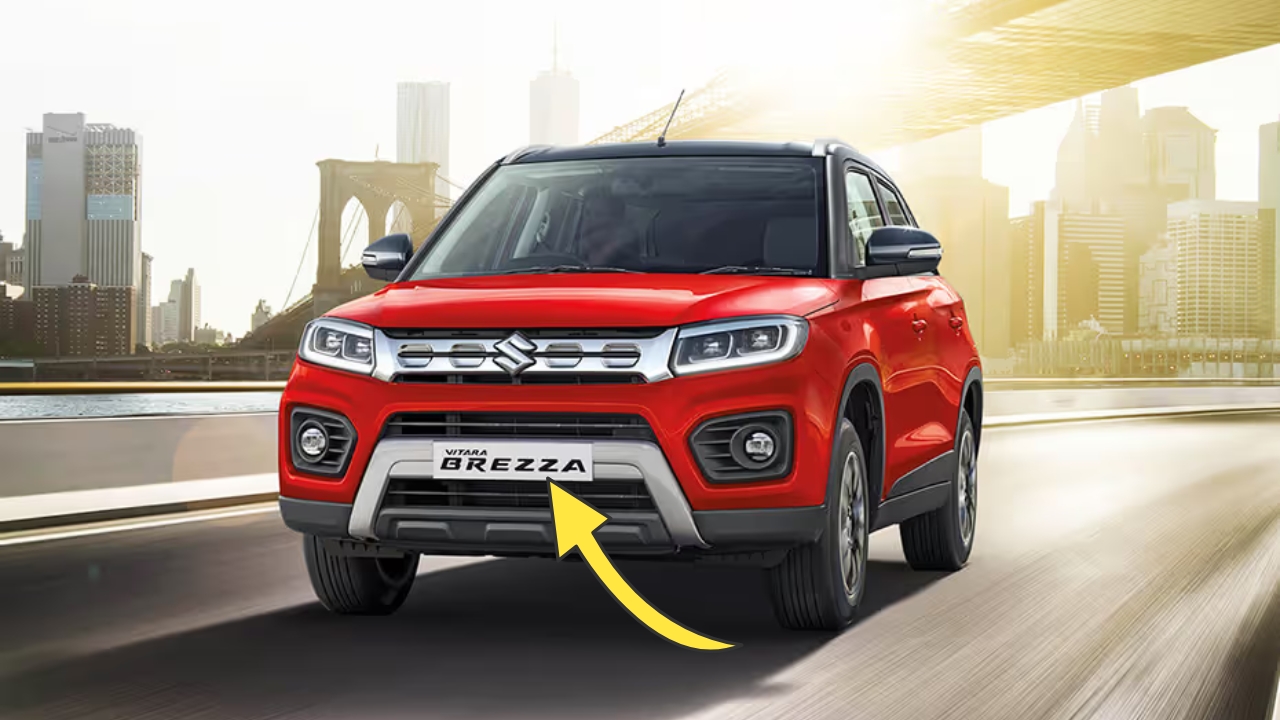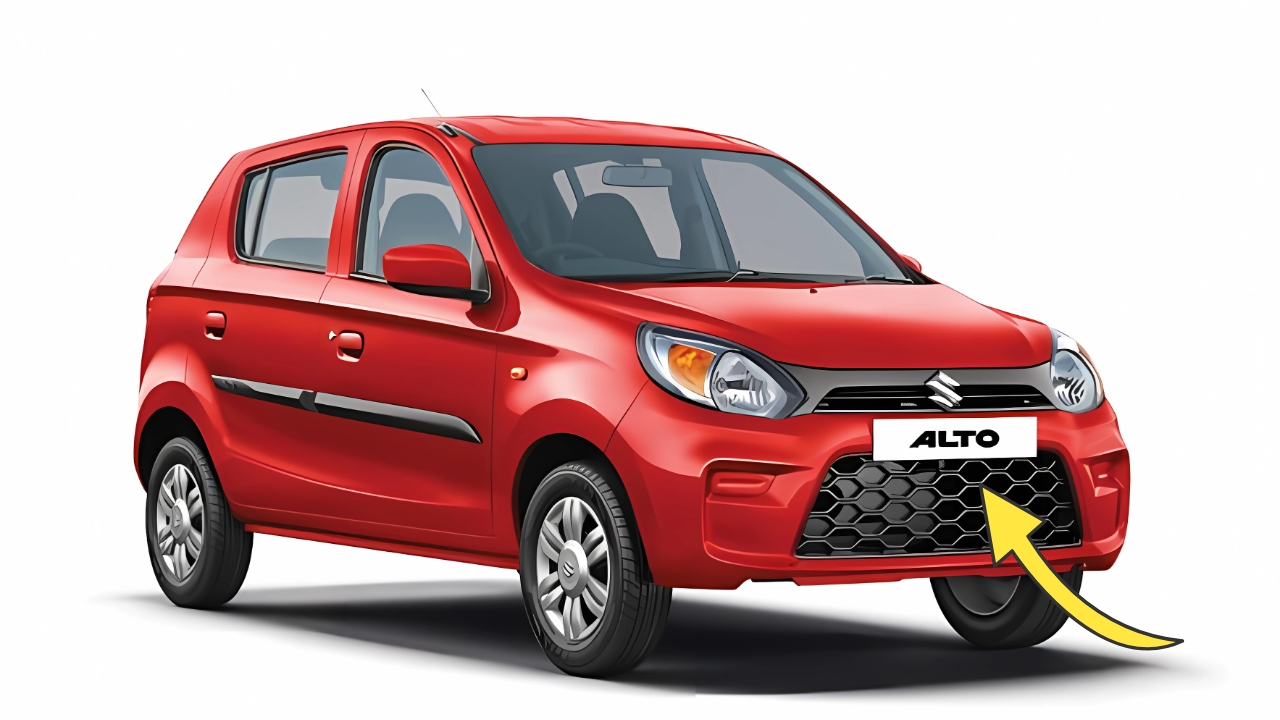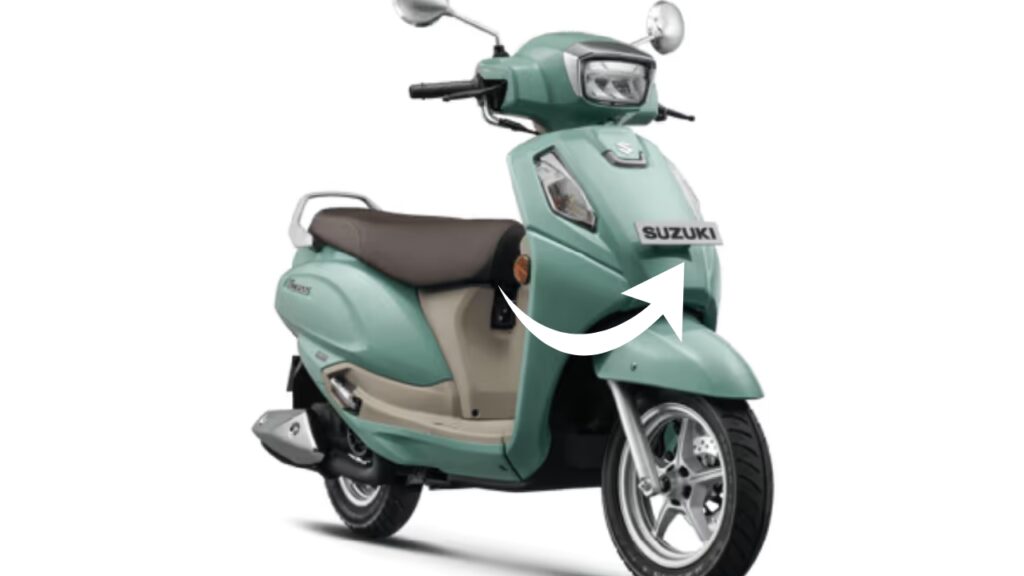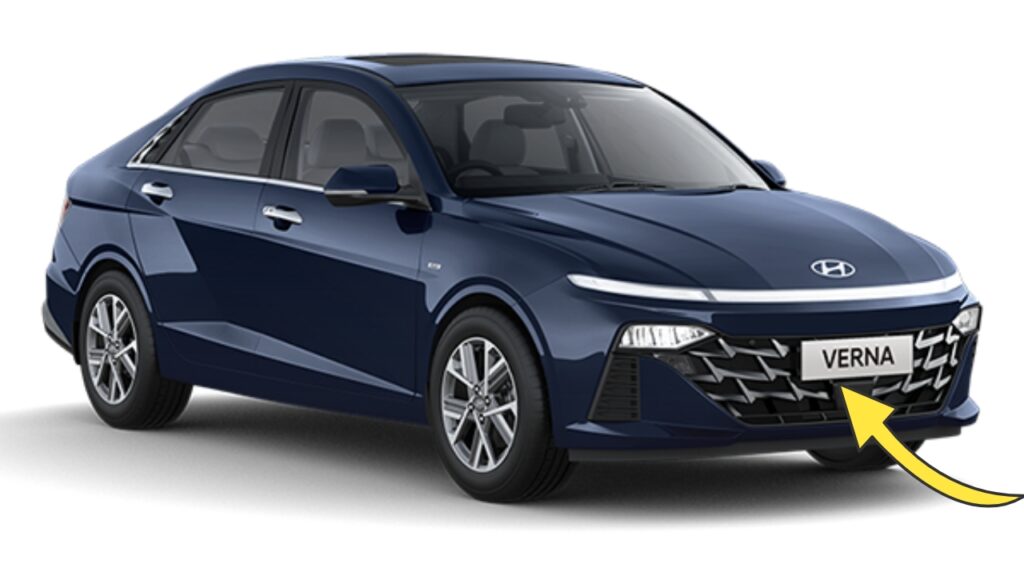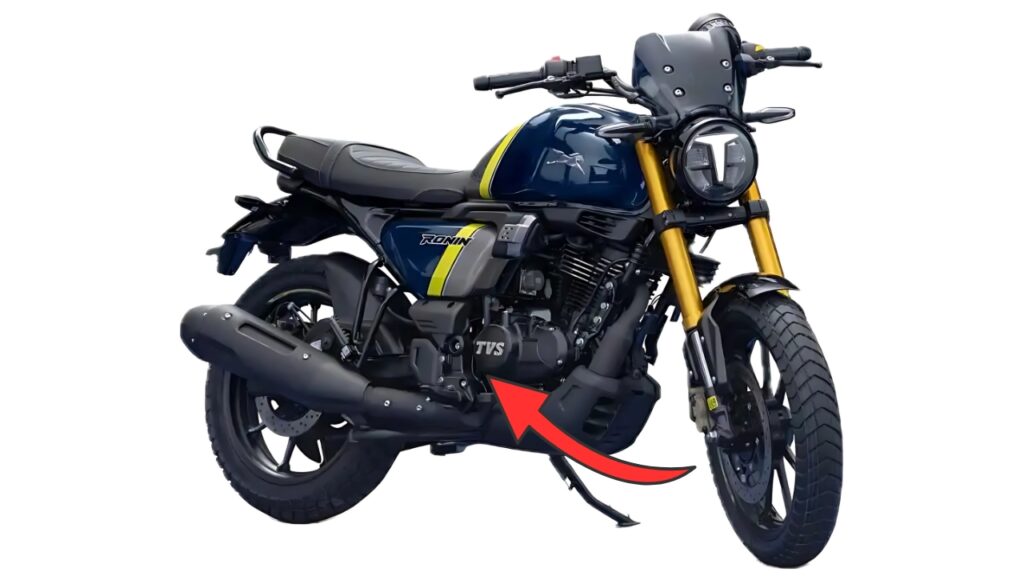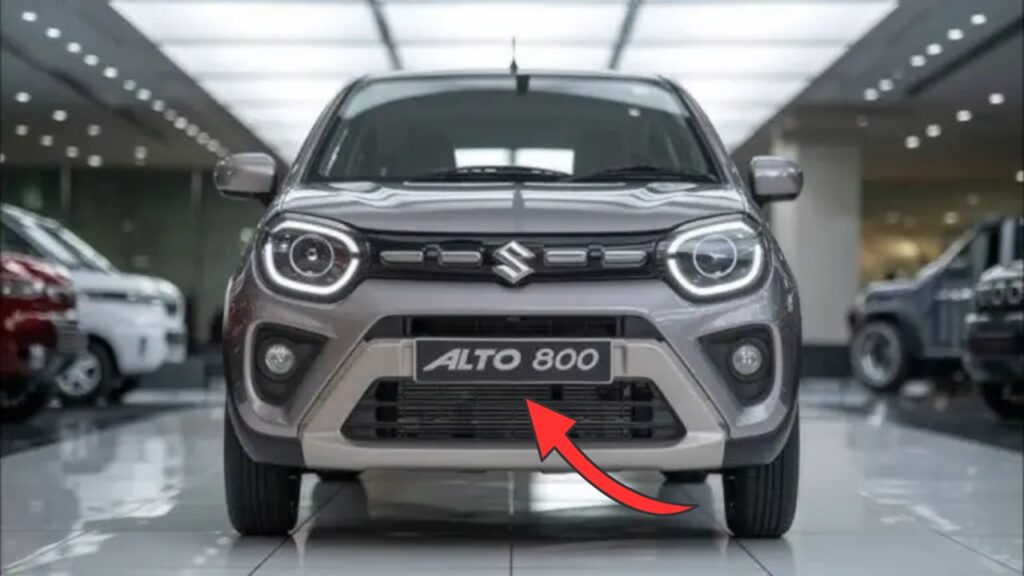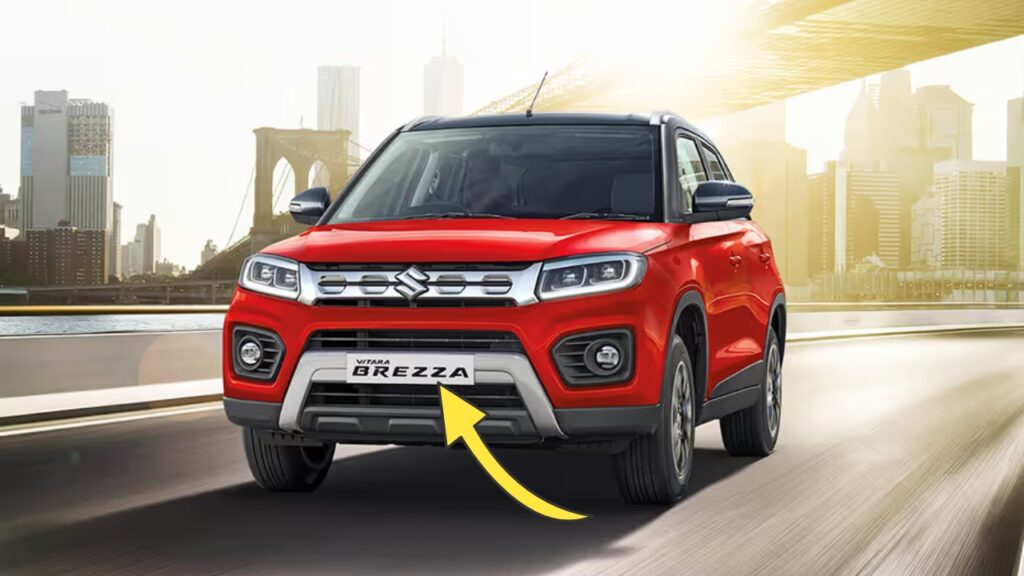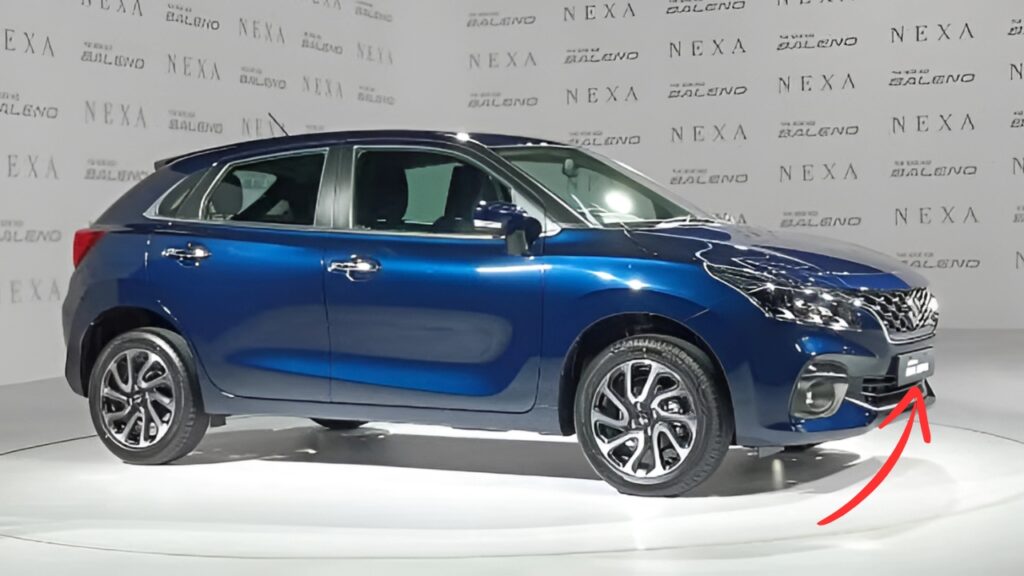Tata Harrier: The Tata Harrier represents one of the most significant automotive achievements from an Indian manufacturer, combining indigenous engineering prowess with global design standards.
Since its introduction to the Indian market, this mid-size SUV has established itself as a formidable competitor in its segment, challenging international brands with its blend of style, performance, and value.
This article explores the various facets of the Tata Harrier that have contributed to its growing popularity among Indian consumers.
Tata Harrier: Design Philosophy and Exterior Aesthetics
The Tata Harrier’s design language speaks volumes about the manufacturer’s evolving aesthetic sensibilities.
Drawing inspiration from the Impact Design 2.0 philosophy, the Harrier presents a commanding road presence that merges sophistication with ruggedness.
The front fascia features sleek LED DRLs positioned above the main headlamp cluster, creating a distinctive lighting signature that has become instantly recognizable on Indian roads.
What truly sets the Harrier apart from its competitors is its proportions. With dimensions that rival vehicles from higher segments, the Harrier delivers a sense of grandeur that belies its price point.
The flared wheel arches, floating roof design, and sharp character lines contribute to its athletic stance, while the premium finish of the exterior components suggests meticulous attention to detail.
The recent facelift has further refined the vehicle’s appearance, introducing subtle yet effective changes that enhance its visual appeal without compromising the original design’s integrity.
These updates include redesigned alloy wheels, chrome accents in strategic locations, and an expanded color palette that includes striking options like Calypso Red and Atlas Blue.
Cabin Experience and Interior Quality
Stepping inside the Tata Harrier reveals an interior that challenges preconceptions about Indian automotive craftsmanship.
The cabin exudes a premium ambiance, with thoughtful material choices and a layout that prioritizes both driver and passenger comfort. The dashboard design, with its layered approach and soft-touch materials, creates a sophisticated environment that competes favorably with more expensive alternatives.
The seating arrangement deserves special mention, offering excellent support for extended journeys. The front seats provide commanding visibility, while the rear bench accommodates three adults with reasonable comfort.
The panoramic sunroof, introduced in recent iterations, floods the cabin with natural light, enhancing the sense of spaciousness.
Technology integration within the cabin reflects contemporary expectations, with a touchscreen infotainment system that supports smartphone connectivity.
The JBL-sourced audio system delivers impressive sound quality, while the semi-digital instrument cluster presents essential information with clarity.
Technical Specifications and Performance
| Feature | Specification |
|---|---|
| Engine | 2.0L Kryotec Diesel |
| Power Output | 170 PS @ 3750 RPM |
| Torque | 350 Nm @ 1750-2500 RPM |
| Transmission | 6-speed Manual / 6-speed Automatic |
| Drive Type | Front-Wheel Drive |
| Ground Clearance | 205 mm |
| Fuel Efficiency | 14.6-16.5 km/l (claimed) |
| Fuel Tank Capacity | 50 liters |
| Suspension | McPherson Strut (Front), Twist Blade (Rear) |
| Braking System | Disc (Front), Drum (Rear) |
The Tata Harrier derives its performance capabilities from the robust 2.0-liter Kryotec diesel engine, which delivers a commendable balance of power and efficiency.
The powertrain, refined for the Indian market, offers linear acceleration and adequate reserves for highway overtaking maneuvers.
The six-speed manual transmission provides precise shifts, while the automatic variant, sourced from Hyundai, delivers smooth transitions between gears.
The driving dynamics of the Harrier benefit significantly from its Land Rover-derived OMEGA (Optimal Modular Efficient Global Advanced) architecture.
This platform endows the vehicle with structural rigidity that contributes to confident handling characteristics and impressive stability at highway speeds. The steering system offers progressive weighting, providing necessary feedback during spirited driving while remaining light enough for urban navigation.
Safety Features and Structural Integrity
Safety has emerged as a defining attribute of the Tata Harrier, reflecting the manufacturer’s commitment to occupant protection.
The core structure utilizes high-strength steel in critical areas, creating a robust safety cage that has performed admirably in various crash test assessments.
Key safety features include:
-
Six airbags (in higher variants)
-
Electronic stability program
-
Hill hold and hill descent control
-
Corner stability control
-
Roll-over mitigation
-
Advanced brake systems with ABS and EBD
-
ISOFIX child seat anchors
-
Perimetric alarm system
-
Impact-sensing auto door unlock
These comprehensive safety provisions establish the Harrier as one of the most secure vehicles in its class, addressing a growing concern among Indian consumers regarding automotive safety standards.
Driving Experience Across Various Terrains
The Tata Harrier demonstrates remarkable versatility across different driving environments. In urban settings, the commanding seating position provides excellent visibility, while the relatively manageable dimensions make navigating through congested areas less challenging than might be expected from a vehicle of this size.
On highways, the Harrier exhibits composure and stability, with minimal body roll during lane changes and a planted feel that inspires driver confidence.
The acoustic insulation deserves praise, effectively filtering out wind and road noise even at elevated speeds.
The Terrain Response System, inspired by Land Rover’s expertise, enhances the Harrier’s capabilities beyond paved roads. With selectable modes for different surface conditions, including Normal, Wet, Rough, and Snow, the vehicle adjusts various parameters to optimize traction and control.
While not designed for extreme off-roading (lacking four-wheel drive), the Harrier handles moderate challenges with aplomb, proving adequate for weekend adventures beyond city limits.
Ownership Experience and After-Sales Support
Tata Motors has made significant strides in addressing historical concerns regarding after-sales service. The Harrier ownership experience benefits from an expanded service network, standardized maintenance protocols, and improved parts availability.
The manufacturer offers a comprehensive warranty package that reflects confidence in the product’s reliability, further enhanced by optional extended coverage plans.
The cost of ownership remains competitive within the segment, with service intervals designed to minimize downtime and maintenance expenses.
The diesel powertrain, while initially more expensive, offers economical long-term operation, particularly for customers with high annual mileage.
Market Positioning and Competitive Landscape
The Tata Harrier occupies a strategic position in the Indian automotive market, bridging the gap between mainstream SUVs and premium offerings.
This careful positioning has allowed it to attract buyers considering vehicles from both categories, expanding its potential customer base.
Primary competitors include the MG Hector, Jeep Compass, and Mahindra XUV700, each presenting distinct value propositions.
The Harrier differentiates itself through its design language, driving dynamics, and the emotional appeal of supporting indigenous manufacturing excellence.
Future Outlook and Anticipated Developments
Industry analysts anticipate several developments for the Tata Harrier in coming iterations. These may include:
-
Introduction of petrol engine options to broaden market appeal
-
Enhanced connectivity features with over-the-air update capabilities
-
Advanced driver assistance systems (ADAS)
-
Expanded electrification strategy, potentially including mild hybrid technology
-
Refinement of the automatic transmission offerings
These potential enhancements would address specific feedback points from existing owners while keeping the model competitive in an increasingly sophisticated market.
Tata Harrier
The Tata Harrier represents more than just another entry in the crowded SUV segment; it symbolizes the evolution of Indian automotive manufacturing toward global standards of design, engineering, and quality.
By successfully combining aesthetic appeal, driving pleasure, and practical utility, the Harrier has earned its place among the most compelling options for consumers seeking a premium SUV experience.
Its continued success will likely influence future product development not only within Tata Motors but across the Indian automotive industry, raising expectations and inspiring greater innovation.
As the automotive landscape evolves toward electrification and advanced autonomy, the foundation established by the Harrier positions Tata Motors advantageously for these transformative challenges.
For prospective buyers, the Tata Harrier offers a compelling proposition: distinctive styling, comfortable accommodations, capable performance, and comprehensive safety features, all delivered with the pride of supporting domestic manufacturing excellence.
These attributes ensure that the Harrier will remain a significant presence on Indian roads for years to come, continuing to challenge perceptions and elevate expectations of what an Indian automotive manufacturer can achieve.
